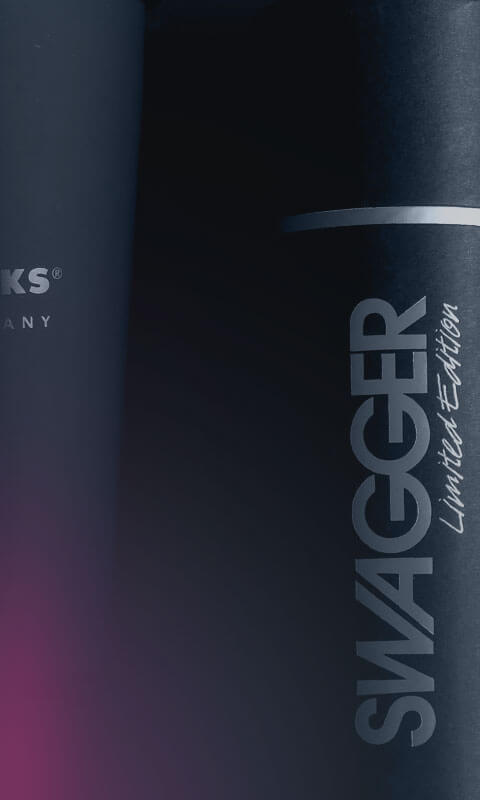Your Attractive Heading
Autotrading: your best opportunity
Cultivating success through decisive actions.
JAMES OLIVER

01
Services
Trading Systems
Efficiency, Accuracy, and Profit: Navigating Markets with Trading Systems.
Explore the world of Trading Systems and harness their precision and speed to optimize your investment strategies. From algorithmic trading to automated execution, unlock the potential of cutting-edge technology to achieve financial success.
Risk Management
Mitigating Uncertainty: Building Resilience through Risk Management.
Dive into the realm of Risk Management and fortify your financial endeavors against volatility and unpredictability. Learn to navigate market fluctuations with confidence, ensuring stability and safeguarding your investments.
Autotrading Strategies
Strategic Insights: Crafting Success with Autotrading Strategies.
Delve into the art of Trading Strategies and unlock the keys to profitable decision-making in the financial markets. From trend-following to contrarian approaches, discover how strategic planning can elevate your trading game and maximize returns.
02
Why Us
How we do it
Gain Digital Advantage
Autotrading strategies
Explore the frontier of Innovative Strategies and revolutionize your approach to trading and autotrading. Embrace cutting-edge methodologies and unconventional tactics to stay ahead of the curve, driving unprecedented growth and performance in your portfolio.


Results-Oriented Solutions
Strategic insights
Unveil Strategic Insights and gain a deeper understanding of market dynamics. Harness comprehensive analysis and foresight to optimize your autotrading bot, ensuring resilience and profitability in an ever-evolving financial landscape.
From Art to Science
Personalized tactics
Embrace Personalized Tactics and tailor your trading approach to suit your unique goals and preferences. Leverage customized strategies and finely-tuned techniques to unlock your full potential in the financial markets, achieving targeted results with precision and efficiency.

03
Portfolio
Case studies




04
About Us
Who we are
Empowering Your Autotrading: Your Partner in Decisive Growth.
We are the decisive factor behind your success
At the heart of your success lies a pivotal partnership. We offer more than just guidance; we’re your strategic ally, empowering you with the tools, insights, and support needed to navigate the complexities of financial markets and achieve decisive growth. Trust in us as the driving force behind your journey to success.
Our commitment extends beyond mere advice; it’s about forging a collaborative relationship built on trust and understanding. With our expertise and resources at your disposal, you gain a competitive edge, enabling you to seize opportunities with confidence and make informed decisions. Together, we navigate the ever-changing landscape of finance, ensuring that every move is strategic and every outcome is optimized for your success. Your journey to financial prosperity starts here, with us as your unwavering partner every step of the way.
